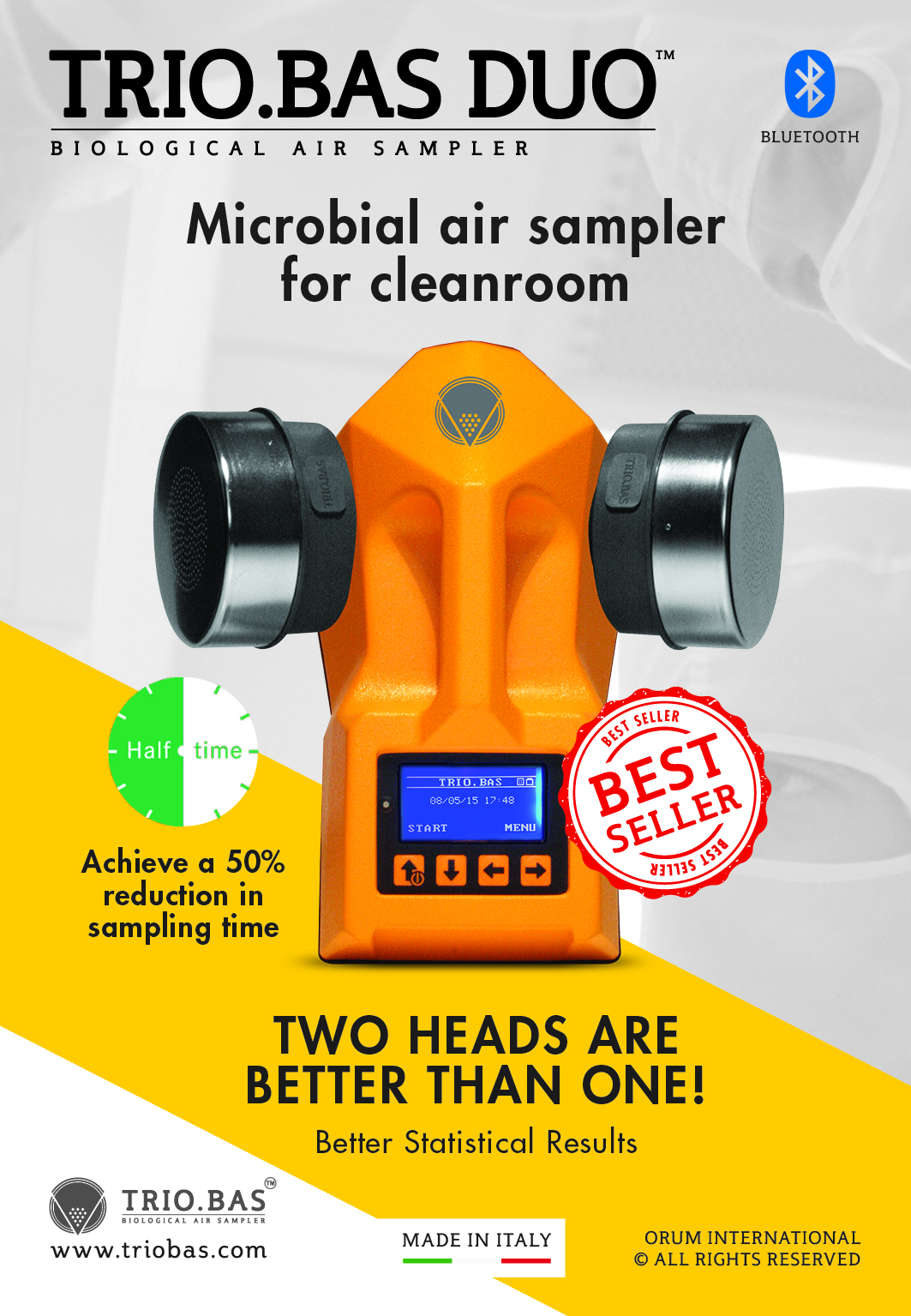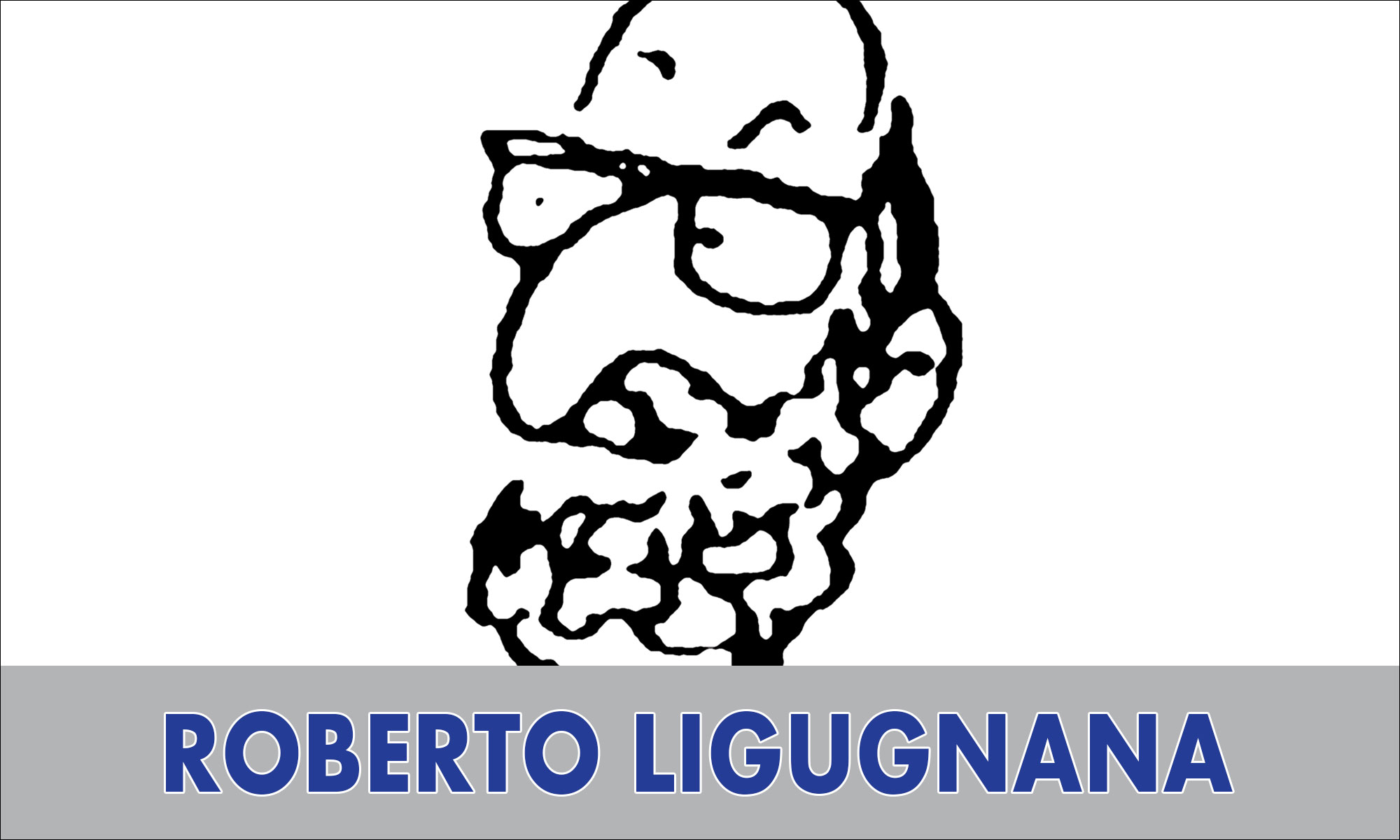Application Note – Bioaerosol N.9 – Fungal Spore Control Ventilation (FSCV) in Hospital

Introduction
The breathing of ambient concentration of airborne fungi for a normal person has no adverse effect on his health. The effects are adverse for the hospitalized patient with immune suppression: he is in fact susceptible to infections caused by naturally occurring airborne fungi that may grow at body temperature. The incidence of infections caused by fungi that were a few years ago considered only saprophytic has risen dramatically during the last decade.
The increased use of antibiotics and chemotherapy has contributed to this trend.
The most common genus of fungi responsible for opportunistic infection
Aspergillus, Acremonium, Chrysosporium, Fusarium, Mucor, Penicillium, Scopulariopsis, Trichoderma are the most common genera of fungi that produce infections.
Fungal Spore Control Ventilation (FSCV)
Immuno-suppressed patients should be maintained in a controlled environment (FSCV) to prevent the contraction of serious opportunistic infections. This goal is reached by increasing air changes, positive pressurized wards, highly filtered air.
A typical Fungal Spore Control Ventilation system will provide greater than 95% filtration efficiency and more than 10 air changes per hour.
The FSCV is also applied to operating theatres.
Programmed fungi-aerosol monitoring
The Fungal Spore Control Ventilation system should be maintained under strict control by a regular monitoring of the fungi present into the aerosol of the considered environment.
SAMPLING INSTRUMENTATION
- Portable, battery operated bioaerosol sampler
- Rodac Plates with Sabouraud Dextrose Agar
- Rodac Plates with Potato Dextrose Agar
- Rodac Plates with Rose Bengal Agar
- Spray disinfectant.
INSTRUMENTATION SETTING
Refer to the air sampler Instruction Manual
SAMPLING PROTOCOL
Three samples should be collected for each run to obtain an average result. The head of the sampler should be disinfected by isopropyl alcohol between each use.
A blank unexposed Rodac Plate should be tested with each sampling event as a negative control.
A. Indoor samples should be collected from the FSCV rooms.
B. Indoor control samples should be collected from non-FSCV rooms.
C. Outdoor control samples should be collected outside but close to the building.
Result Interpretation
The fungal levels of FSCV area, non- FSCV indoor area, outdoor should be plotted on paper for a general comparison.
FSCV areas should contain fungi levels a full order of magnitude lower than levels on outdoor areas.
The reason for incorrect presence of airborne fungi may be due to malfunction of filtration devices, interruption in positive pressure, leaks to the outdoors or localized fungal sources.
Suggested limits
Total Fungi at 37°C Less than 2 cfu/m3
Total Fungi at 20°C Less than 15 cfu/m3
Opportunistic Fungal Pathogens Less than 1 cfu/m3
Reference
Aerotech – Kalmar Laboratories – IAQ Microbiology – Reference Guide – Fungal Spore Control
Ventilation in Hospitals – pages 7-1/7-2 – 1998.

















